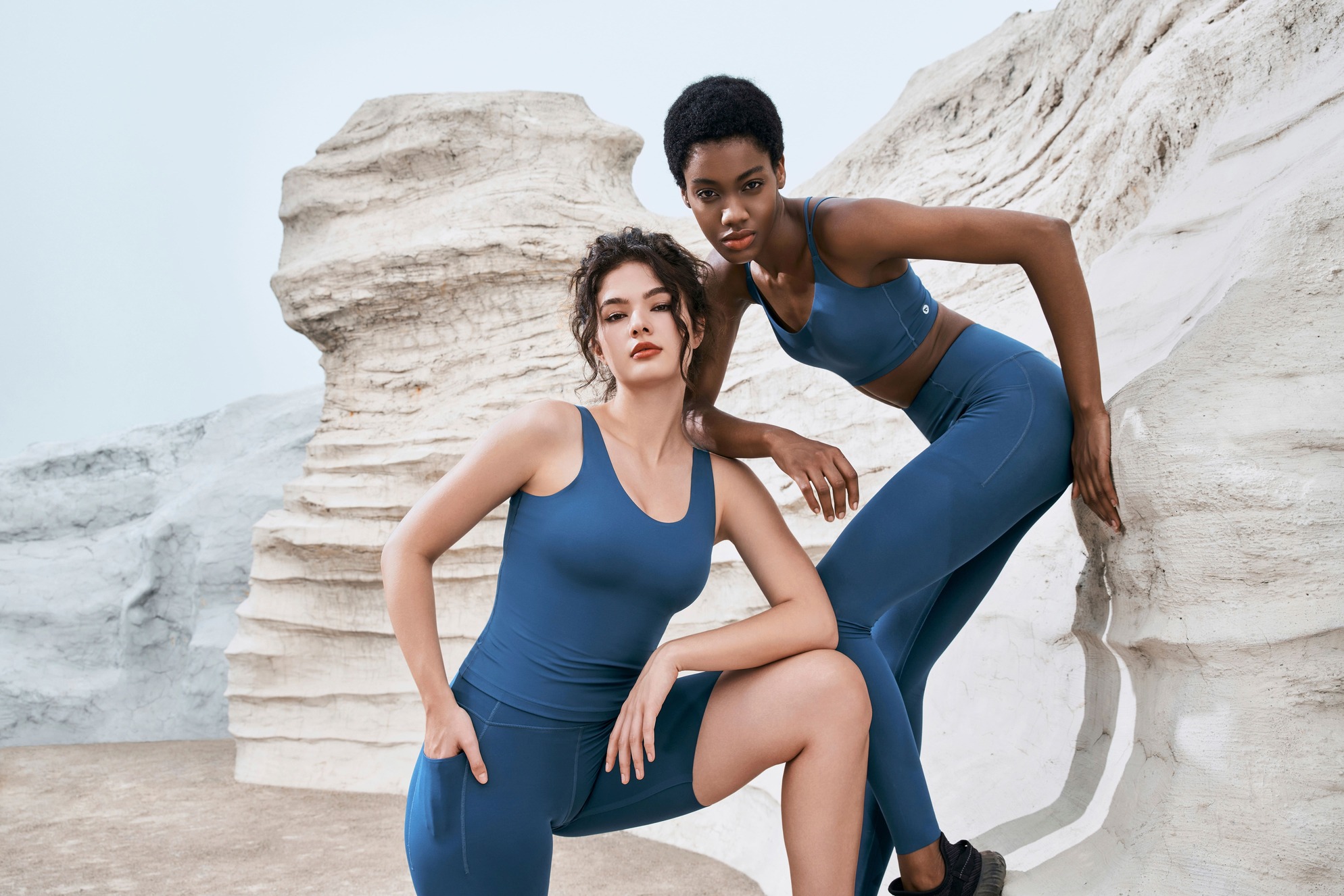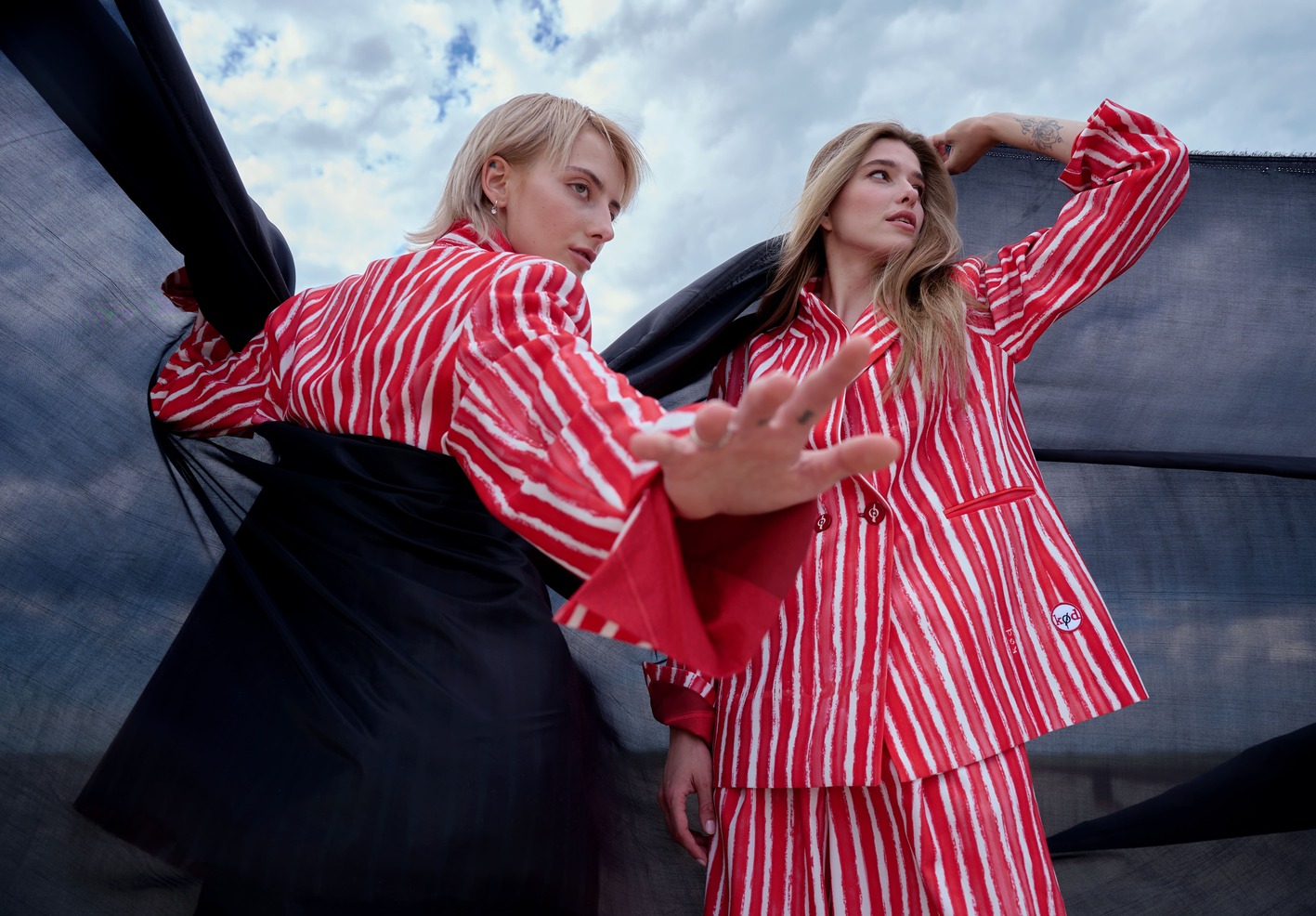Straight to the point
So you’ve got a vision. Maybe it’s a bold new brand, a collection of curated looks, or just a killer idea that you’ve been itching to launch. But now you’re wondering how to turn that vision into reality, how can you start an ecommerce business in fashion?
Let’s talk about how to start an ecommerce business—specifically in the fashion world. It’s fast-moving, it’s competitive, but with the right tools and strategy? It’s also full of opportunity.
What is an ecommerce business?
An ecommerce business is any business that sells products or services online.
You’ll need a full website, a mobile app, or a social media shop that handles everything from showcasing your products to processing payments and shipping orders.
In fashion, ecommerce businesses range from small shops run by indie designers launching their first collections to global brands managing inventory across dozens of countries. What unites them? Convenience, speed, and a customer experience that’s built for how people shop today.
Instead of paying rent for a physical store, you invest in your digital presence. And instead of relying on foot traffic, you use SEO, social media, email, and ads to bring the right customers in.
It’s commerce, just evolved and way more scalable.
Why should you start an ecommerce business?
Because done right, it’s big business! Seriously. This year, ecommerce sales are expected to pass 4.3 trillion dollars worldwide.
Running an ecommerce business requires hard work and dedication just like any other business, but it does have some advantages from the get-go:
- Low upfront costs compared to brick-and-mortar;
- Scalability that grows with your brand;
- Global reach from day one;
- Access to data-rich insights to refine your strategy.
And if you’re in fashion?
You’re already ahead. Apparel and accessories are consistently among the most-purchased categories online.
How to Start an Ecommerce Business in Fashion
You don’t necessarily need a big team or a warehouse full of inventory to start an ecommerce business, but you do need to do some careful planning. Let’s break things down step-by-step.
1. Define Your Niche
What kind of clothing are you going to sell and to whom?
The more specific you get, the easier it is to stand out in a crowded market. Instead of launching a generic apparel store, maybe you’re offering eco-friendly streetwear for Gen Z, or size-inclusive activewear for new moms.
Check what’s trending in your niche but don’t chase fads. Instead, aim for long-term value and strong brand identity.
2. Research Your Market
Don’t skip this step.
A quick Google search isn’t enough. Dig into competitor websites, read product reviews, check Reddit threads, run surveys, and get feedback from potential buyers.
Ask questions like:
- What problems are people facing when shopping online?
- What’s missing from other stores in your space?
- How much are customers willing to pay for what you offer?
3. Build Your Brand
Your brand isn’t just a logo. It’s the look, feel, tone, and promise behind everything you put out there.
- Pick a name that’s easy to remember (and say out loud).
- Design a logo that works in multiple formats (social icons, tags, packaging).
- Choose fonts, colors, and a voice that reflect your brand personality.
From your product descriptions to your packaging, everything should tell a consistent story.
Read more: The Importance of Branding for Fashion Ecommerce Stores
4. Choose Your Product Strategy
You don’t have to design everything from scratch, but you do have to get your products from somewhere. Here are some common options:
- Design & manufacture: Full control, higher margins, but more risk and upfront investment.
- Print-on-demand: Great for T-shirts, hoodies, or custom accessories with minimal inventory.
- Dropshipping: Low risk, hands-off fulfillment, but less control over quality and shipping times.
- Curated marketplace: Resell pieces from other brands and focus on curation and content.
Pick the model that aligns with your budget, goals, and how involved you want to be in day-to-day logistics.
5. Choose Your Ecommerce Platform
Your platform is the engine behind your store that handles your products, inventory, checkout, and sometimes your marketing too.
Skip the flashy features for now and focus on what you really need: something that fits your budget, integrates with your tools, and makes it easy to scale.
We won’t get into too much detail about this here but we have a whole article about the top 5 most used ecommerce platforms for fashion stores.
6. Set Up Shop
When setting up your shop, focus on creating product pages that convert: write descriptions that highlight benefits, not just features; use high-quality images and videos to show fit and details; price your products strategically based on cost, value, and what the market expects; and make sure your shipping, return, and customer service policies are clear and easy to find. Before launch, always test your checkout flow, because even the best products won’t sell if the cart experience is clunky.
7. Launch Your Marketing
“Build it and they will come” doesn’t work in ecommerce. You need to invite your audience in.
Kick off your marketing with a strong organic foundation, think SEO, blog content, email lists, and engaging social posts that build buzz and community.
From there, layer in paid ads on platforms like Meta and Google to drive targeted traffic and test what works. Partnering with creators through PR drops or affiliate programs can also help expand your reach.
And remember, marketing isn’t a one-time push, it’s an ongoing effort that grows with your brand.
Read more: An Introduction to Fashion Ecommerce Marketing
8. Optimize and Grow
Once your store is live, the real work begins. Watch your analytics like a hawk:
- Where are customers dropping off?
- Which products are top sellers (and which are collecting dust)?
- What questions keep coming up in reviews or customer service?
Use the data to improve product pages, tweak pricing, streamline shipping, and test new features like size and fit guides, reviews, or personalized recommendations.
Pro tip: Stay agile. The most successful ecommerce brands don’t get everything the first time. They’re constantly testing, learning, and improving.
Implement Technology to Improve Your Store’s Experience
If you want to go beyond the basics, consider investing in technology that can improve the shopping experience for your customers and optimize your operations.
One of the best tools to improve the shopping experience is a virtual fitting room. Returns and exchanges are one of the biggest challenges for fashion ecommerce business in fashion, and virtual fitting rooms help avoid them.
By giving shoppers personalized size recommendations, virtual fitting rooms and body size simulators help shoppers pick out the right size the first time. They also help you reduce your environmental impact by avoiding all the return logistics associated with returns and exchanges.
Smart product recommendations are another great idea to boost sales. By showing shoppers products they’re sure to love, you increase the chances of them converting and/or adding more pieces to their cart.
Whatever tools you choose to integrate into your store, make sure to track the essential KPIs to monitor their performance and impact.
Setting Up a Successful Ecommerce Business in Fashion
Managing a successful fashion ecommerce business is hard but it’s rewarding work to get into. Whatever niche you decide to venture into in the fashion world, make sure it’s something you’re passionate about and you’re ready to put in the hours to make it happen.
If you want ways to boost your sales once your store is up and running, make sure to take a look at our Size & Fit and AI-powered personalization tools.


